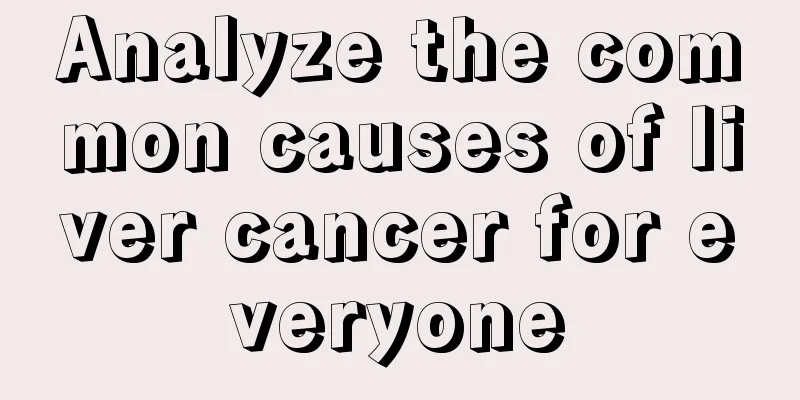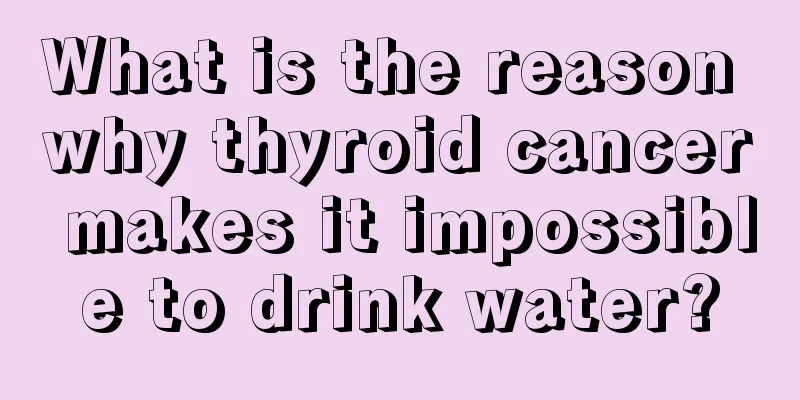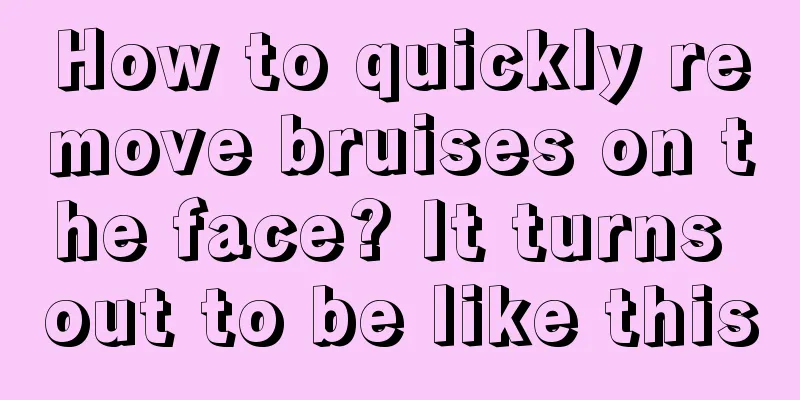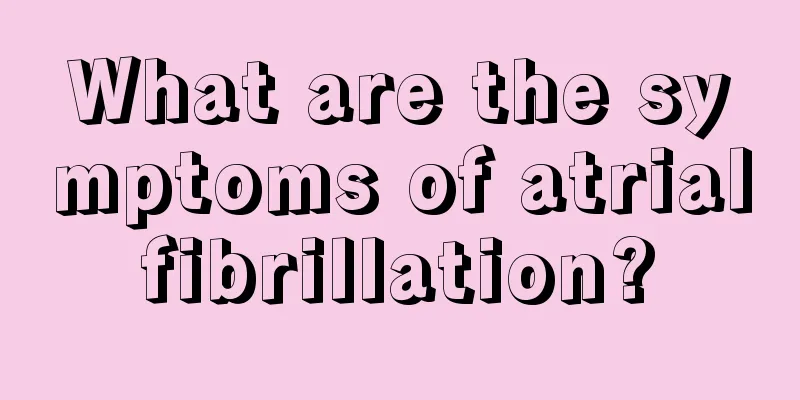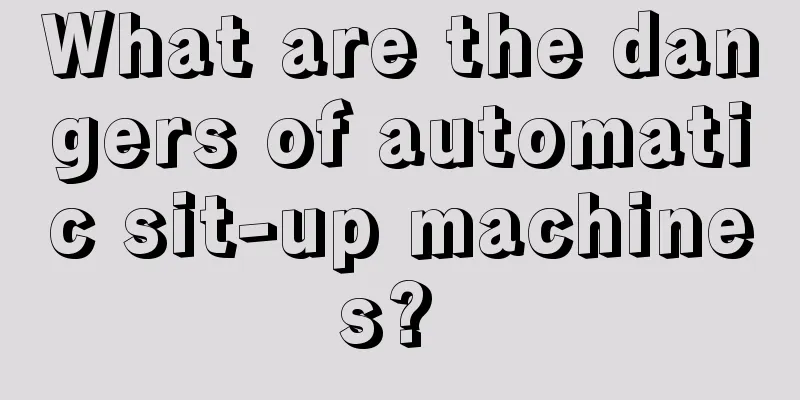Symptoms of arm muscle strain
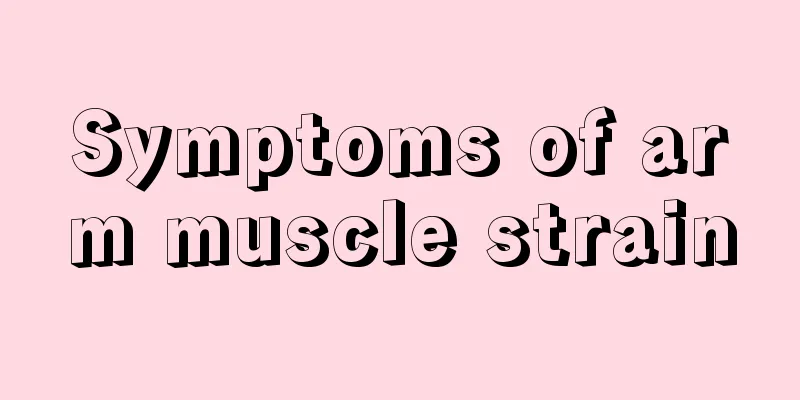
|
Muscle problems cause countless people to experience various uncomfortable symptoms, bringing great pain to their lives and bodies. Because muscles are the source of power that enables the body to move, muscle problems can lead to a decrease in people's physical mobility, etc. There are many types of muscles, among which arm muscle strain is a relatively common one. Let’s take a look at the symptoms of arm muscle strain. Clinical manifestations: Muscle weakness, fatigue, soreness, local tenderness, limited range of motion, decreased working ability, and persistent pain, soreness, muscle nodules, functional disorders, etc. It is essentially a sterile inflammation, mainly manifested by pain, tenderness and functional impairment in the affected area. Strains often occur in the muscles that control active or weight-bearing joints or in the ligaments that hold those joints together, particularly at their attachment points to bones. Long-term and frequent repetition of a specific action is a common cause of overload. Treatment principles: When you are injured, you should adjust; when you are tired, you should rest. Tendon sheath diseases are mostly caused by strain, so treatment must be combined with rest and adjustment. To regulate, you need to massage the corresponding ointment on the uncomfortable part of the tendon sheath to allow the medicinal power to penetrate the skin, regulate the circulation of qi and blood, and relieve pain and discomfort. If you need to rest, you should develop good living habits and avoid over-activity of the affected area to facilitate the recovery of damaged tissues. Common treatment options include short-term rest, ice compresses, use of nonsteroidal anti-inflammatory drugs, platelet-rich serum therapy, local nutritional therapy, hormone therapy, etc., and individual efficacy varies greatly. 1. Limit or stop the injuring action to allow the local area to rest. 2. Local injection of prednisolone acetate or its similar drugs can promote the disappearance of inflammation. 3. Pain relief. Use infrared, microwave and other physical therapy and painkillers. 4. Surgical treatment. Only suitable for certain specific strains, such as stenosing tenosynovitis. 5. Reasonable muscle function exercise. For example, when the waist and back are strained, actively strengthening the muscle strength through waist and back muscle exercises is more important than the above treatments. |
<<: Transient myocardial ischemia symptoms
>>: Can I go to the toilet if my water breaks
Recommend
Do I need to put a pillowcase on a latex pillow?
Pillows have a great impact on our spine. A good ...
Is walking on your knees good for your knees?
The knee is a joint in our human body that provid...
What is the cure rate of breast cancer
Breast cancer is a malignant tumor that occurs in...
What medicine should I take for iron deficiency anemia
There are various trace elements in the human bod...
Experts explain the main causes of colorectal cancer
It is very beneficial for patients with colorecta...
What are the tests for confirming esophageal cancer
If you want to know the treatment of esophageal c...
What are the effects of white jade bodhi root
I believe that everyone has seen Bodhi in life. M...
Is advanced lung cancer contagious?
Is advanced lung cancer contagious? Advanced lung...
What causes nasopharyngeal cancer?
The occurrence of nasopharyngeal carcinoma is rel...
Can I run after scraping?
Gua Sha is a method of Chinese medicine therapy. ...
Formaldehyde content of latex paint
Latex paint is a common household paint nowadays,...
Things to note when sweat steaming in summer
Steaming is a traditional Chinese medicine health...
First aid methods for myocardial infarction and cerebral infarction_Nursing diagnosis of acute myocardial infarction
Myocardial infarction is a relatively common dise...
What causes a crooked mouth?
Many people will turn on fans or air conditioners...
What are the various folk remedies for treating lung cancer? Try these 4 folk remedies for treating lung cancer
Lung cancer is one of the most common malignant t...

